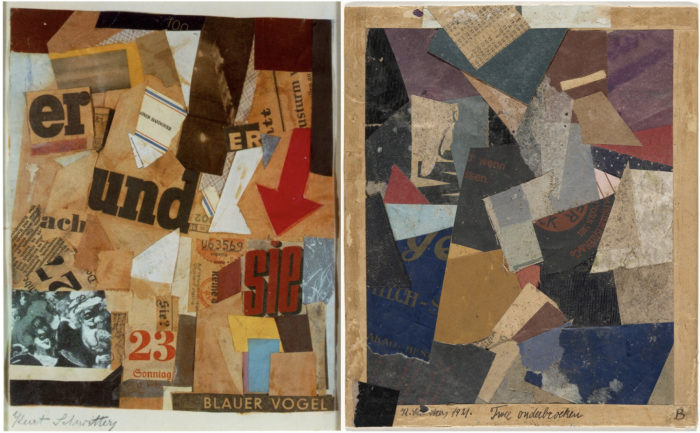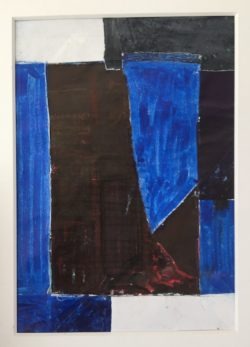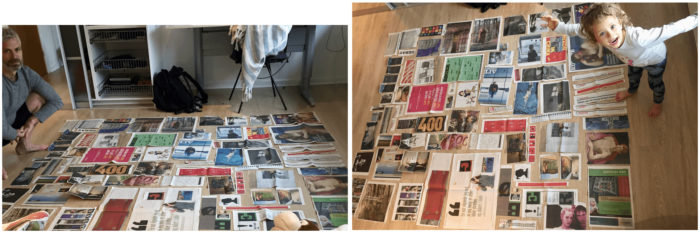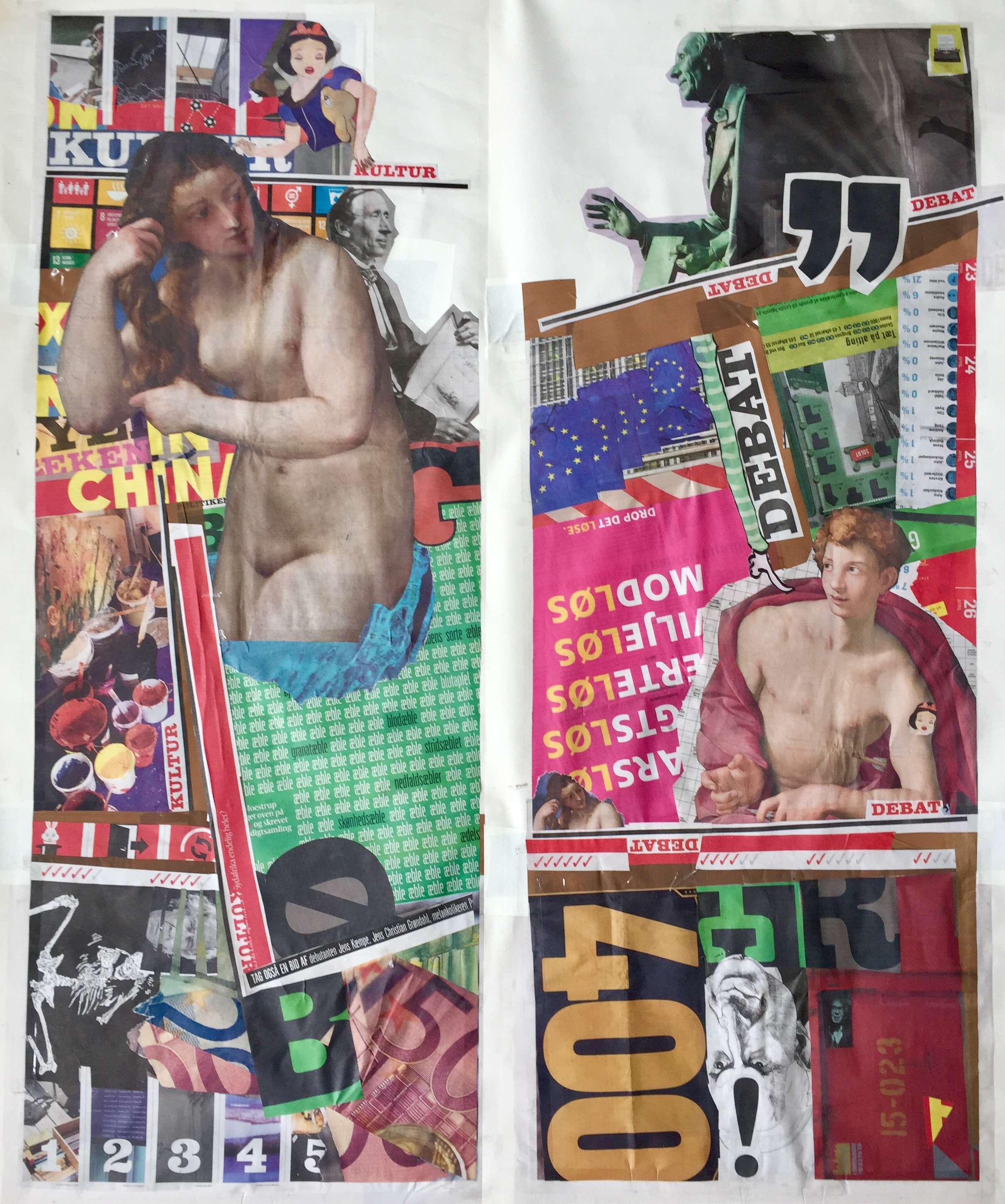Response 34 - Utterly Intransitive
Dear Marie,
Scholars of culture like me, when accused the triviality of their topic, tend defensively to react by asserting its weightiness and significance. We're wrong to do so, even if the paradox of the trivial is that it’s foundational. The word itself comes the Latin for the meeting of three roads: the location where gossip is exchanged, where children will be conceived, where settlements tend to arise, and where Oedipus kills his father. Why not think culture, not in terms of some conspicuous or willed significance, but precisely as trivial, in terms of the taken for granted in everyday life? This is hard to do—to think our themes qua trivial means unlearning our training and habits of analysis, as well as leaving aside our defensiveness. What methods could be equal to the trivial, to treating it in its own terms?
These thoughts were provoked by this week’s task. You asked me to combine the trivial with the absurd: my material a stack of newspapers you had left me to work with. Maybe, I thought, the absurd is the method the trivial needs, the approach equal or appropriate to it? I thought: the trivial (the quotidian, yesterday’s news, scrap paper, rubbish waiting to be recycled) could be interrogated according to an absurdist procedure of purely visual connection, according to a ‘logic’, if there is one, that is purely associational (in the event, I will admit that some quantum of intention, the abject rational, did insinuate itself). In any case, I decided to make a collage.
I immediately thought of the work of Kurt Schwitters, the great German collagist, as in the following pair of examples. (Apparently, a lot of fake Schwitters circulate, but these are ace whoever made them.)
I had copied his work in collages I made for a period (in the nineties!!!) using all the tickets and receipts from, for example, a trip around Sicily, so that the pictures became a kind of travel diary. I don’t have any of that stuff with me in Denmark, but the simpler image I made later, below, part painting and part collage, looks back to the same aesthetic.
I think the skill of Schwitters’ collages is obvious, but I like the work for more than this. Patrizia C. Mcbride writes that Schwitters’ ‘art vigorously engages the messiness and incoherence of everyday experience rather than enacting its sublimation’. This is interesting. Letting the messy quotidian stay messy and quotidian. The same writer talks about Schwitters' work’s ‘utter intransitivity’. What an excellent phrase! Surely our work on the trivial—our trivial work—should be that: utterly intransitive!
So, I wanted to use the newspapers given to make a Kurt Schwitters collage. I amassed a bunch of photos and cartoons, coloured material and phrases from a quick leaf through the stack of papers. Lisa helped, and here are herself and me posing with the clippings we chose.
I decided early to make a diptych, to pick up a theme from Response 32, and in my sifting of the materials I noted anything that lent itself to pairing (two images from an exhibition of Renaissance nudes, for example). I also had in mind the procedure (discussed in Task 31 and again in Response 32) of encouraging visual relationships that might suggest conceptual relationships, even if I’m not certain that that doesn't contradict Schwitters’ ethos of refusing sublimation. As it turns out, the resulting pictures don’t look anything like a Schwitters—they’re more like a sixties pop montage—and they lack his precise-though-playful formal sense (I think the left-hand picture works better). The reproduction below doesn’t suggest the scale, which is two broadsheets high (the diptych format could recall a double-page newspaper spread).
Most of the material comes from the broadsheet newspaper Politiken, which I like for its bold use of images and graphics, even if I'm not sure of its politics (your parents in conversation today couldn't agree if it was centre left or centre right). Two sections from Politiken suggested the titles for the two halves of the diptych, and I amused myself by transposing the sexist symbolic division of the genders, nature-female/culture-male, to Kultur-female/Debat-male, equally sexist and laden with dubious values. Hans Christian Andersen appears twice, as does Jørgen Leth. One juxtaposition in particular, which suggested itself formally, seems to generate possible unplanned, and possibly queasy, meanings: in 'Debat', I superimposed a picture of the gate of Auschwitz on a plan of properties for sale in Horsens. (An inverted Bibi Netanyahu regards all this from the bottom, none too impressed.)I loved making a collage, even if I feel that the result doesn't match my aspirations, and has disappointingly little to do with Kurt Schwitters. Ideally, in this or a subsequent piece based upon it, I might have engaged in a process of refinement, though as I write that word I realise that such a process might only have sublimated what needed to remain utterly intransitive. I hope instead that the piece has retained the trivial and stayed absurd.




